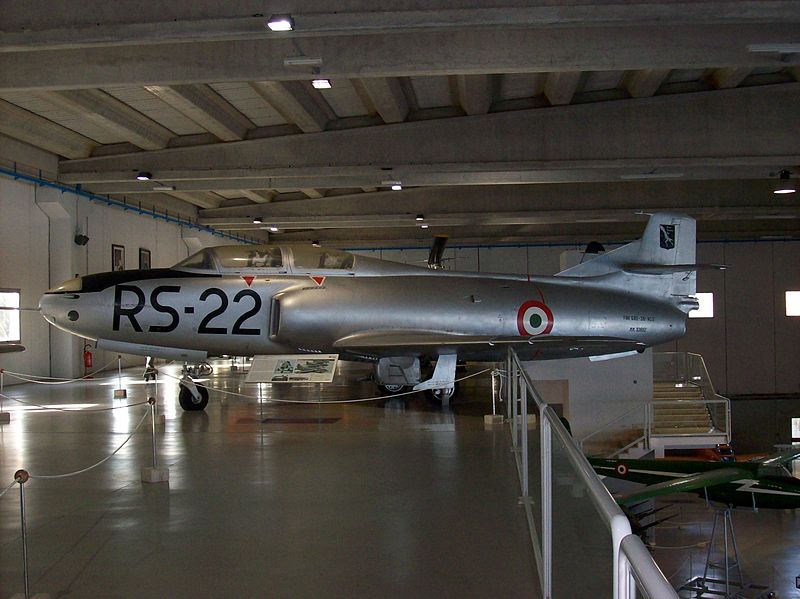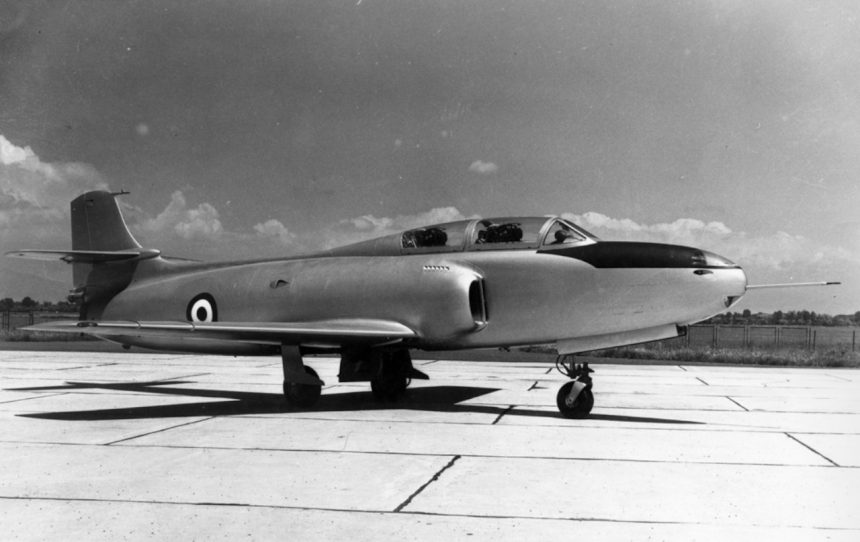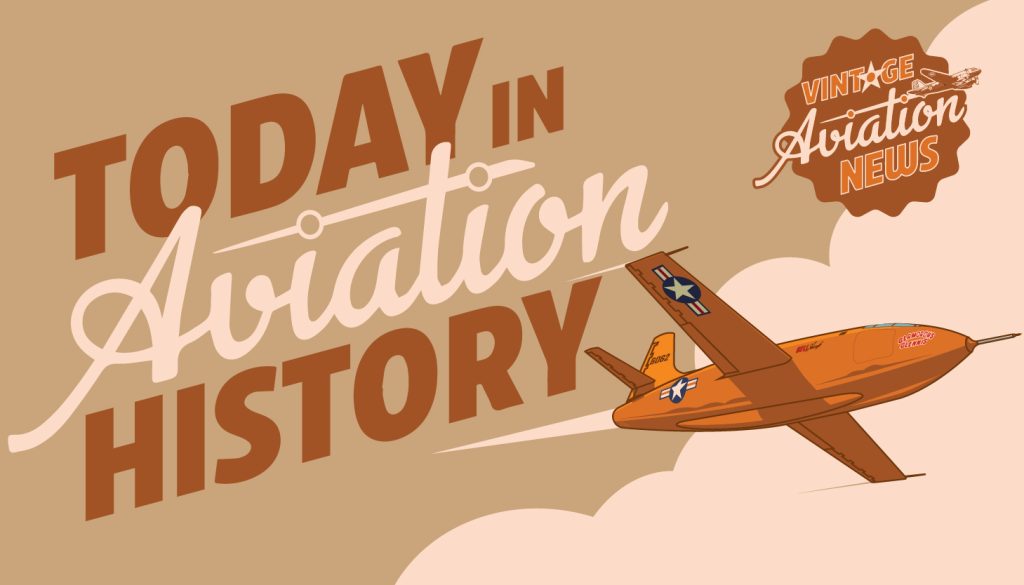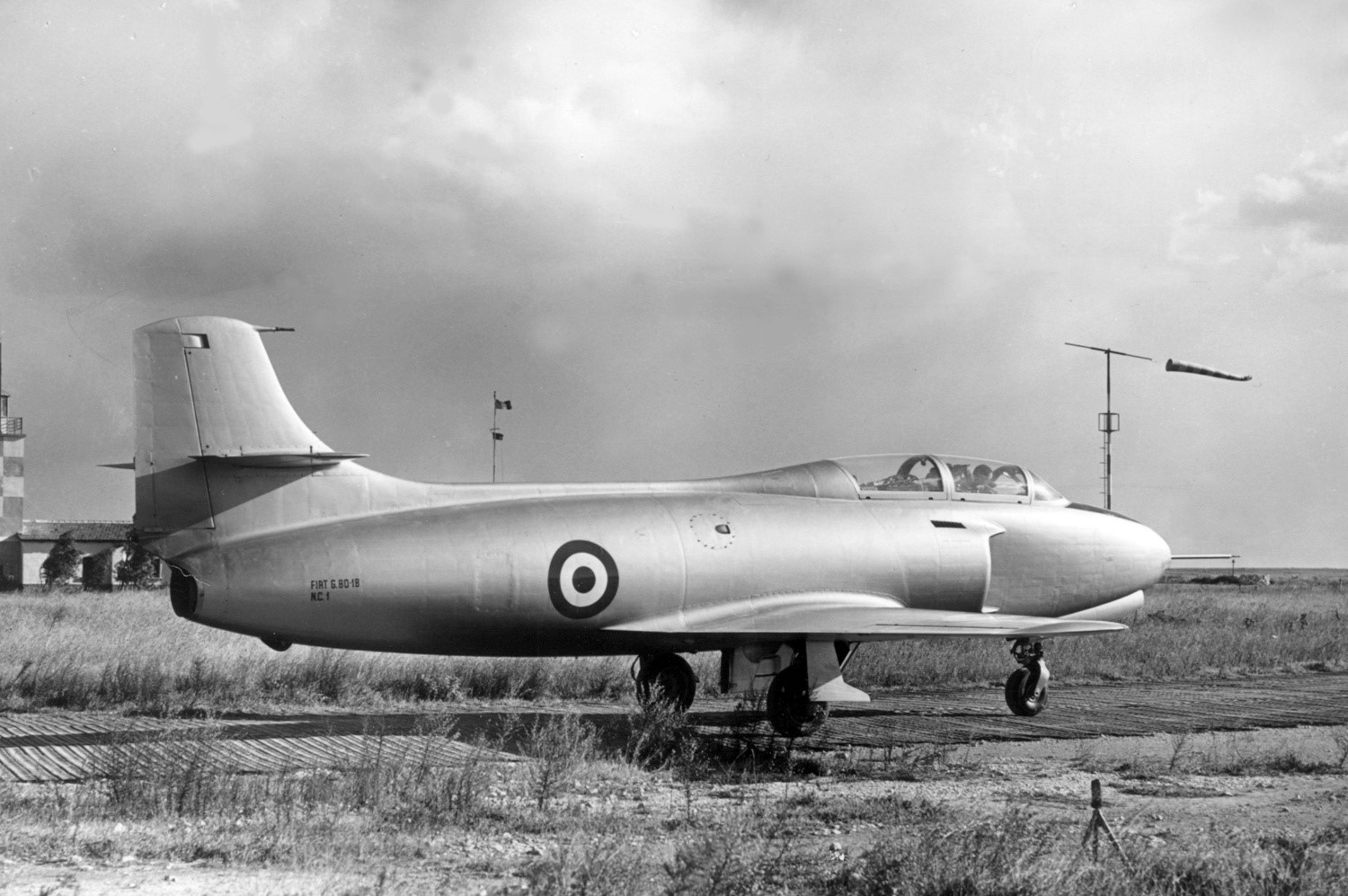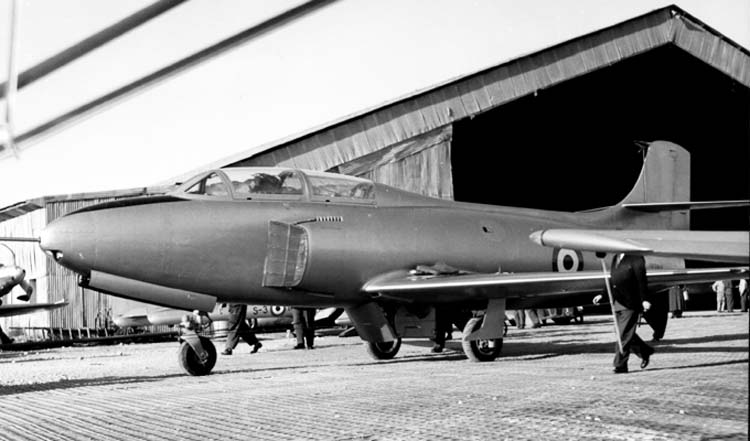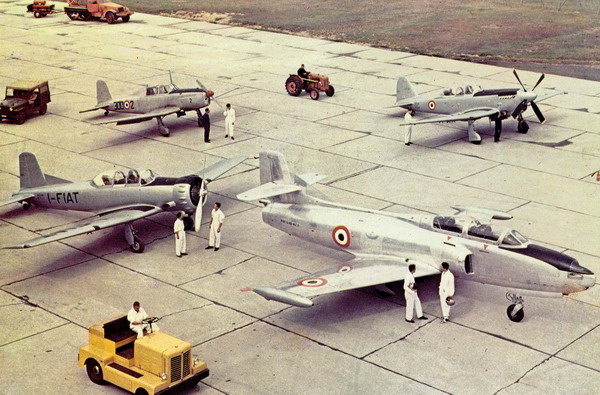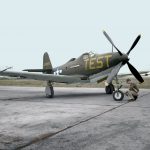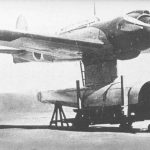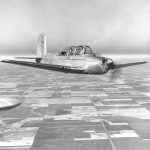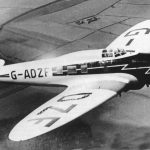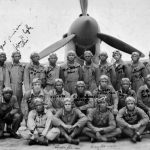On this day in aviation history, the Fiat G.80, Italy’s first pure jet aircraft, took to the air on December 9, 1951. While it is a design that is seldom remembered today, the Fiat G.80 would mark an important milestone in the history of Italian aviation and provided a path for other aircraft to follow. Following the end of WWII, the latter half of which was also marked by the Italian Civil War between the Axis-aligned north and the Allied-aligned south, Italy was attempting to put on a new image before the world, and Italian aviation was no different. Although Italy had accepted deliveries of American and British aircraft during and after the war and had been one of the 12 founding states of the North Atlantic Treaty Organization (NATO), the Italian Air Force, now reorganized as the Aeronautica Militare (AM), sought to have its own manufacturers develop aircraft in Italy for their own air force. That was when the idea of having an Italian-designed jet came to be.
Italy was not unfamiliar to designing jet aircraft. In 1940, the Caproni Campini N.1 became the first Italian aircraft to fly under jet power. However, this was done using a motorjet, where a piston engine (in this case an Isotta Fraschini L.121 R.C.40 V12 engine) powers a compressor that transfers air into a combustion chamber. For Italy to have a purely jet-powered aircraft, they would have to look for a new design, one that could train the new generation of Italian pilots who were to partake in the Cold War.
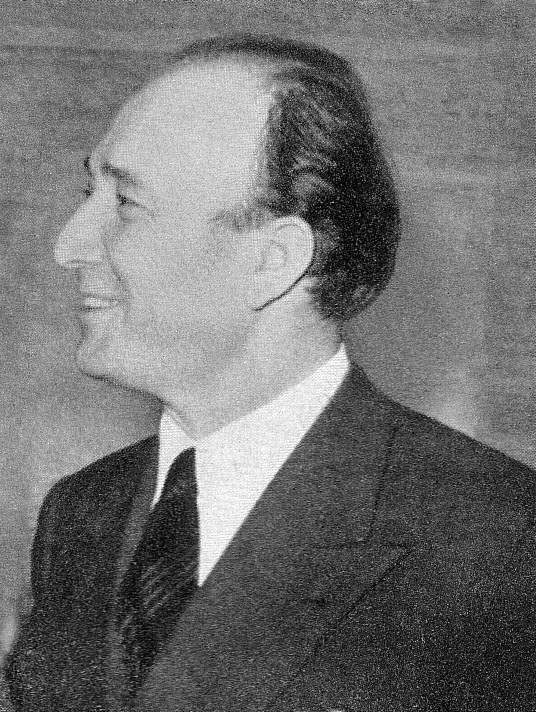
The chief designer of the first pure jet in Italy would be Giuseppe Gabrielli, the chief aeronautical designer at Fiat. During WWII, he had designed the Regia Aeronautica’s first low-wing monoplane, the Fiat G.50 Freccia, and later the Fiat G.55 Centauro, the fastest Italian fighter of WWII. Additionally, he designed the Fiat G.59 trainer, and this new jet design was aimed to replace the Rolls-Royce Merlin-powered G.59, be adaptable as a ground attacker and reconnaissance aircraft, and to be competitive against other jet trainers in NATO. The resulting design, the G.80, was powered by a De Havilland Ghost turbojet engine, a swept-wing design, a tricycle undercarriage, and a pressurized cockpit. The first flight occurred at Foggia Gino Lisa Airport on December 9, 1951, with test pilot Vittorio Sanseverino at the controls. Following this, the G.80 prototypes were evaluated by the Air Force Flight Test Unit at Practice Mare near Rome. Unfortunately for Fiat, the G.80 was not accepted into service, being considered too heavy and underpowered. Only a total of five G.80s (two prototypes, three pre-production aircraft) were produced by Fiat Aviazione before development was discontinued.
Gabrielli and his design team went back to their drawing boards, and in 1954, they introduced the G.82, which was fitted with wingtip fuel tanks and a more powerful engine, the Rolls-Royce Nene, which was later flown for the first time on May 23, 1954. Despite these improvements, the G.82 was considered too costly for the AM to place into operational service, especially when compared to the smaller and more cost-effective American jet trainer, the Lockheed T-33, which was being widely adopted by other NATO-aligned countries. Not even the proposal of a new design, the G.84, which was to be powered by an Allison J35, could change the minds of the Italian Air Force’s general staff.
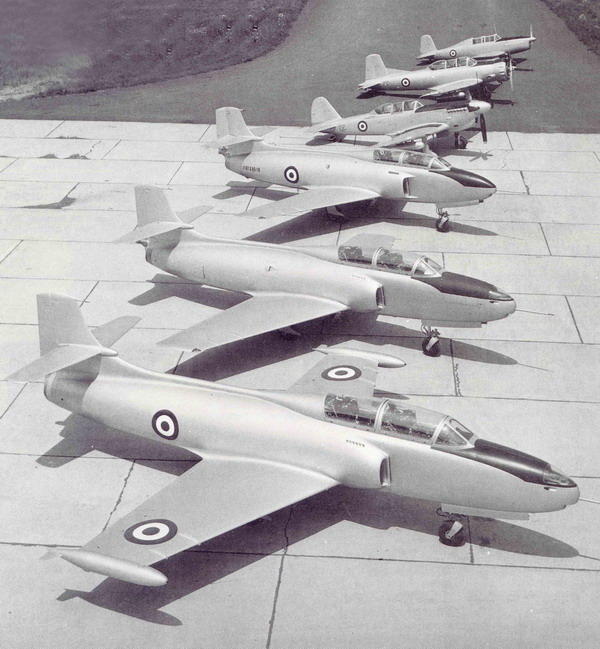
In all, two prototypes and four pre-production G.82s were constructed. These were effectively used by the School of Turbojets located over Amendola Air Base until in 1957 when they were then assigned permanently to the Reparto Sperimentale Volo (Air Force Flight Test Unit). By 1959, they were completely phased out of the AM, but the Italian Air Force would receive a homegrown jet trainer in the form of the Aermacchi MB-326. With the adoption of new foreign and indigenous designs, the G.80 family of aircraft faded into history. One example today can be viewed at the Italian Air Force Museum in Vigna di Valle, on the shores of Lake Bracciano. While the G.80 was unable to become a successful jet trainer, it is still an important of Italian aviation history, marking its home country’s return to prominence in the aviation industry following the cataclysm of the Second World War, and Italy’s first postwar foray into homegrown jet aircraft development.
Today in Aviation History is a series highlighting the achievements, innovations, and milestones that have shaped the skies. All the previous anniversaries are available HERE